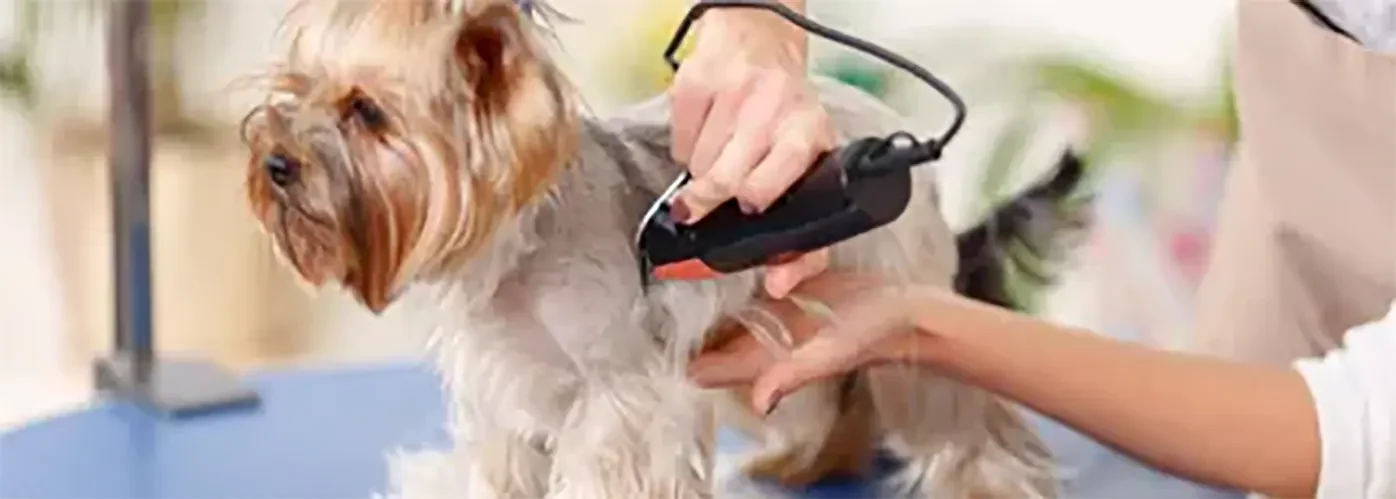After you have chosen your parrot’s cage is now the time to learn how to care for his home. First, have you “accessorized” his house with the necessary toys? Every parrot needs a mirror, a swinging perch and even a squeaking toy. Just remember to buy the non-toxic versions of these toys, since a parrot gnaws on just about everything.
Parrots are tropical birds. That means their bodies are made for warmer climates. Their health suffers when they’re exposed to cool drafts and cooler weather. Temperatures of 70 to 72 degrees are usually fine with these birds. Your parrot will also experience the best of health when no sudden fluctuations in temperatures occur.
While you want to keep the cage out of high traffic areas, be sure that it’s in a location accessible to you as well. Parrots, as we’ve noted, are social creatures. If your pet doesn’t have another parrot friend he can talk and interact with, he not only will want to interact with you, but he’ll need to. It’s just built into his system. If you do decide to add a new parrot to your household, in addition to the one you already own, you must quarantine the newcomer for a minimum of 30 days.
Do not place the cage in the kitchen. The fumes from cooking – especially with those non-stick cooking pans – may be hazard and even fatal to your bird.
Lining the Cage
The bottom of your parrot’s cage needs to be lined with shredded paper. Some owners use newspaper, but this is dangerous to your bird. The chemicals in the newsprint are potentially harmful to him. Alternative linings to paper are sawdust, straw or even sand. If you chose sand, this serves as dual purpose. It not only covers the bottom of the cage nicely for you, but your parrot gains some minerals from this. And he can also use this to shape his beak.
Your parrot’s beak grows just like our fingernails do – constantly. The sand acts as a file to keep it down to the right size. If you additionally place the bird’s cage near a wall, any vinyl wallpaper will also help ease the cleaning process for you.
Food and Water Trays
All right. This sounds obvious. But I can’t tell you how many times I’ve come home with a new bird only to find that I’ve bought everything but . . . yes, containers for his food or water. So, that’s exactly why I’m reminding you right now.
Your new friend actually needs three dishes for his assortment of food and water. The first of course will be used for water. The other two serve as a dish for his wet food and another for his dry food.
These should be of a variety that you can easily remove and clean them.
Trays and Grates
Your parrot’s cage needs a deep, removable tray. Actually, the best situation would be to have a grate that can be easily removed. Parrots love to forage -it’s their social time, and this grate provides a “great” alternative environment to the natural habitat.
The grate is wonderful because it allows the bird’s droppings to fall through, without having the risk of your foraging buddy actually consuming any of it or any of his leftover food. The bars on the grate should be about the same distance apart as those on the cage itself.





